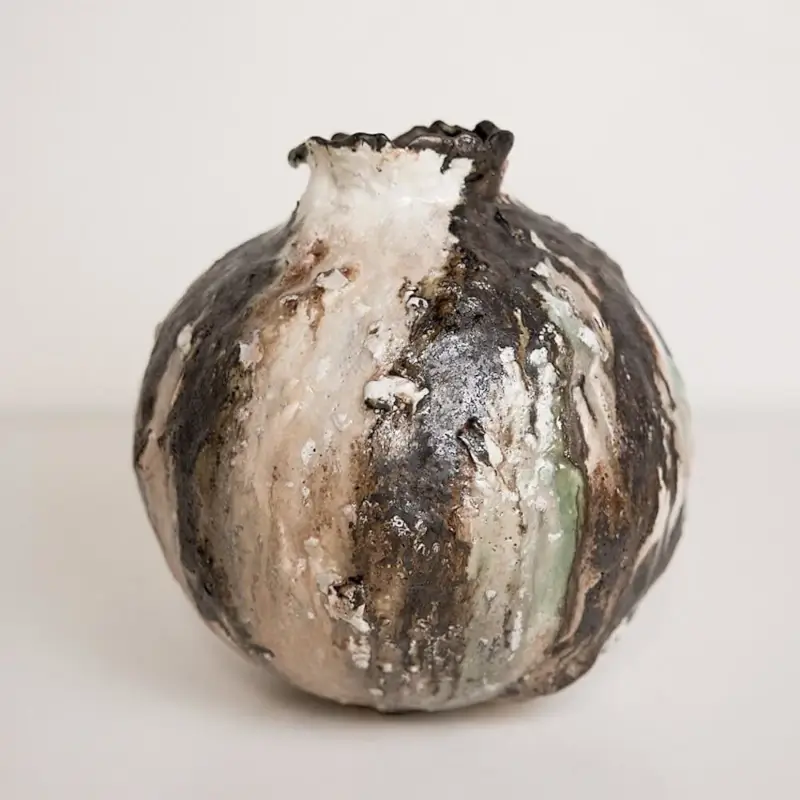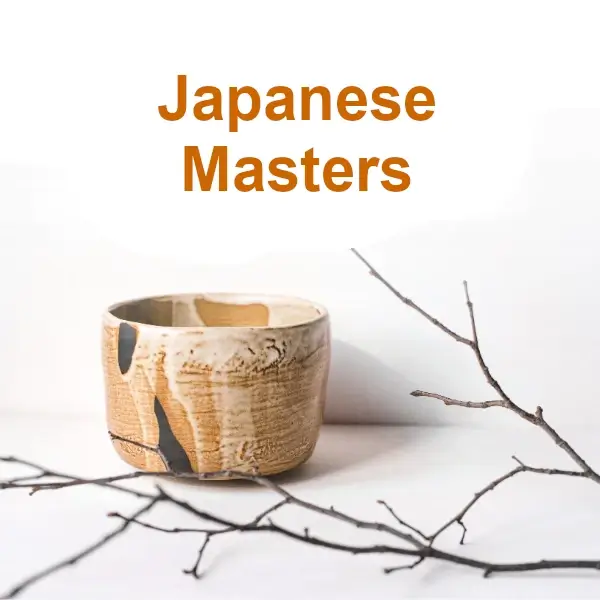Hagi Ceramics: Tradition and Style in Japanese Pottery

Have you ever heard of Hagi ware? This form of pottery, which comes from the city of Hagi in Yamaguchi Prefecture, Japan, is a national treasure with a rich history dating back more than 400 years.
Origins and History
Hagi ware has its roots in the 16th century, when Korean potters were brought to Japan during the military invasions of the Korean peninsula. These craftsmen played a crucial role in the development of various styles of Japanese pottery, including Hagi.
Aesthetics and Colors
Hagi ceramics are known for their subtle, natural colors and the beautiful contrast between the bright green of matcha and the warm neutral tones of hagi.
Materials and Techniques
Types of Clay
Hagi pottery is made by mixing three types of local clay: Daido, Mishima and Mitake. Each brings unique properties and allows potters to create various textures and colors.
Glazes
Hagi-yaki glazes are divided into two main families: the earth ash and feldspar glaze and the straw ash glaze. These glazes enhance the natural beauty and ‘flavor’ of the clay.
The best works in Japanese ceramics
Distinctive Styles
Gohon(te)
This style, characterized by pink or white dots on a gray or beige background, is achieved by applying a transparent glaze over a layer of white engobe.
Biwa-iro
The ochre-yellow Biwa-iro style is obtained by firing the earth ash glaze in oxidation, and is one of the most coveted styles.
Shira Hagi
Shira Hagi is characterized by its textural depth and warmth, resulting from the use of straw ash glaze.
Oni Hagi
This style, developed by Miwa Jusetsu, stands out for its deep texture and contrast between deep black and bright white.
Ao-Hagi
Ao-Hagi is a recent development that uses various blue glazes to create a vibrant effect.
Iconic Characteristics
A peculiarity of Hagi ceramics is the notch or chip at the base of many of its pieces, a distinctive feature that has remained to this day.
Care and Maintenance
Hagi ceramics require special care due to their porosity. It is recommended to soak them in warm water before use to avoid staining and to allow the nanabake, or “seven transformations”, to occur naturally.
We hope you liked this post. It will help us if you share it on social networks .
Related publications:


